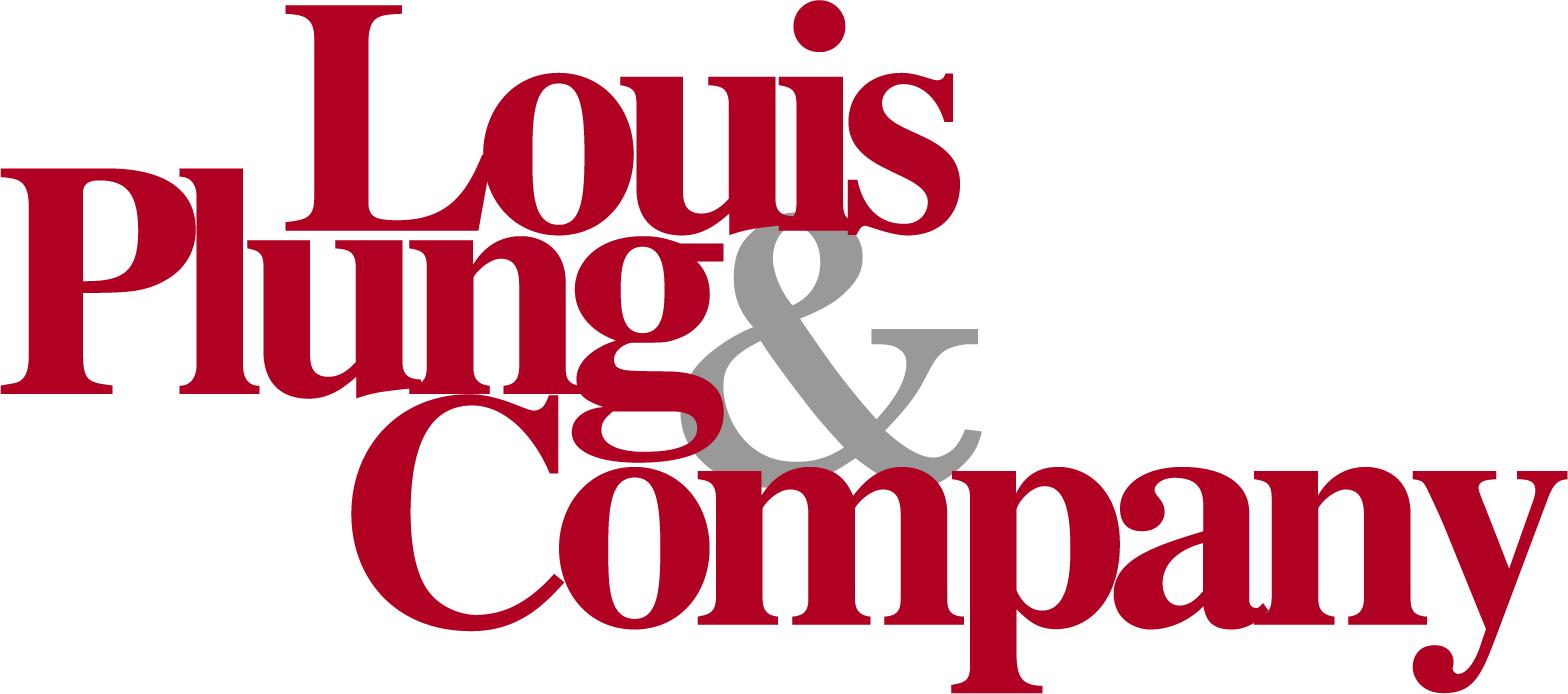SBA Issues New Guidelines for Calculating PPP Loans for Schedule C Taxpayers

On March 3, 2021, the SBA issued a new interim rule making changes to the PPP loan calculation methodology for IRS Form 1040, Schedule C (“Schedule C”) taxpayers. This change will allow qualifying Schedule C taxpayers (which includes independent contractors, sole proprietors, and self-employed individuals) to calculate their maximum loan amount using gross income. Prior to this rule, these borrowers were required to use 2019 (or 2020) Schedule C net profit as the basis for the PPP loan calculation. These changes apply to both first and second draw loans. This new methodology only applies to loans submitted subsequent to March 3, 2021 and is not retroactive. Borrowers who have already received PPP loans are not permitted to amend their loans to take advantage of the new methodology.
New Calculation Methodology
Schedule C taxpayers may elect to calculate its loan based on either (i) net profit or (ii) gross income minus expenses reported on lines 14 (employee benefit programs, 19 (pension and profit-sharing plans, and 26 (wages less employment credits) of Schedule C.
The expenses reported on lines 14, 19, and 26 of the Schedule C represent employee payroll costs and are subtracted from the owner compensation share of payroll costs if the owner uses gross income to calculate the loan amount in order to avoid “double-counting” these costs. The interim rule defines the owner’s share of a Schedule C taxpayers loan amount as “proprietor expenses”. Proprietor expenses encompass an owner’s business expenses and own compensation, but do not included employee payroll costs. This proprietor expenses calculation limits a Schedule C taxpayer that included employee payroll costs in determining the PPP loan amount from taking the full loan amount as owner compensation.
PPP Loan Calculation – Schedule C Taxpayers with No Employees
Borrowers with no employee expenses may simply elect to use gross income or net profit from either its 2019 or 2020 Schedule C, limited to a maximum amount of $100,000. Next, the borrower will calculate average monthly net profit or gross income by dividing the annual amount by 12 ($100,000 / 12 = $8,333.33). The average monthly net profit or gross income is then multiplied by 2.5 to determine the maximum loan amount ($8,333.33 x 2.5 = $20,833.33). This amount cannot exceed $20,833.
PPP Loan Calculation – Schedule C Taxpayers with Employees
As previously described, Schedule C taxpayers opting to use the gross income methodology must calculate both “proprietor expenses” and employee payroll costs separately to determine the maximum loan amount.
For proprietor expenses, the borrower may elect to use net profit or gross income minus employee payroll costs (lines 14, 19, and 26 of Schedule C). This amount cannot exceed $100,000. Next, employee payroll cost will be calculated and added to this amount.
Employee payroll costs are calculated by adding (1) gross wages and tips paid to each employee (plus pre-tax employee contributions for health insurance or other fringe benefits excluded from taxable Medicare wages), limited to $100,000 per employee on an annual basis (do not include any employees whose principal place of residence is outside of the US); and (2) employer contribution to employee group health, life, disability, vision and dental insurance, retirement plan contributions, and state and local taxes assessed on employee compensation (state unemployment taxes).
Next, add total proprietor expenses to total employee payroll costs and divide by 12 to calculate the average monthly amount. Multiply the average monthly amount by 2.5 to calculate the PPP loan amount.
Qualified Uses of PPP Loan Funds
To qualify for loan forgiveness, PPP loan funds must be used for approved purposes. Schedule C taxpayers with no employees who elect to use net profit as the basis for calculating its PPP loan amount will be deemed to have used the full amount of the loan as owner compensation replacement and qualify for forgiveness of the full loan amount. For Schedule C taxpayers, owner compensation replacement is limited to the portion of the loan representing proprietor expenses. The remaining loan amount may be spent on the following to qualify for forgiveness):
- Employee payroll costs (together with proprietor expenses, must equal at least 60% of total loan amount);
- Non-employee costs (mortgage or real property interest payments, business rent payments, and business utility payments). Generally these expenses must have been claimed as a deduction on the Schedule C used as the basis for the loan calculation to qualify;
- Covered operations expenditures;
- Covered property damage costs;
- Covered supplier costs; and
- Covered worker protection expenditures.
Note: items 4 – 6 above represent additional costs incurred as a result of COVID-19 or certain protests during 2020.
Increased Scrutiny On Borrowers Using the New Methodology
The SBA has determined that this new loan calculation methodology increases the risk of fraud or abuse. To combat the increased risk, the SBA has removed the “good faith certification” safe harbor for borrowers with more than $150,000 in gross income who elect to use the new methodology. These borrowers may be required by the SBA to substantiate that “the uncertainty of current economic conditions makes necessary the loan request to support the ongoing obligations of the applicant”. Borrowers who are deemed by the SBA to have improperly certified the economic necessity of the loan would be required to repay the loan and could be subjected to additional penalties. This higher level of scrutiny will only apply to first draw loans. Second draw loan borrowers are required to submit proof of a significant reduction in revenue to qualify to receive the loan. The SBA has deemed to represent a sufficient basis for the economic necessity certification.
Relaxed Eligibility Requirements
The new interim guidelines also relaxed certain eligibility restrictions. The one-year lookback restriction relating to business owners convicted of non-financial fraud felonies was removed, allowing these those applicants to now qualify to obtain a PPP loan. Business owners with prior convictions for felonies involving fraud, bribery, embezzlement, or a false statement in a loan application within the last five years will remain ineligible. The SBA has also eliminated the restriction barring applicants who are currently delinquent or had defaulted on an SBA or other Federal guaranteed loan within the last seven. This includes consideration of delinquency or default on student loans.
The last day to apply for and receive a PPP loan is still March 31, 2021. Potential borrowers should submit their applications as soon as possible to ensure that lenders have adequate time to process and obtain approval prior to the deadline.




